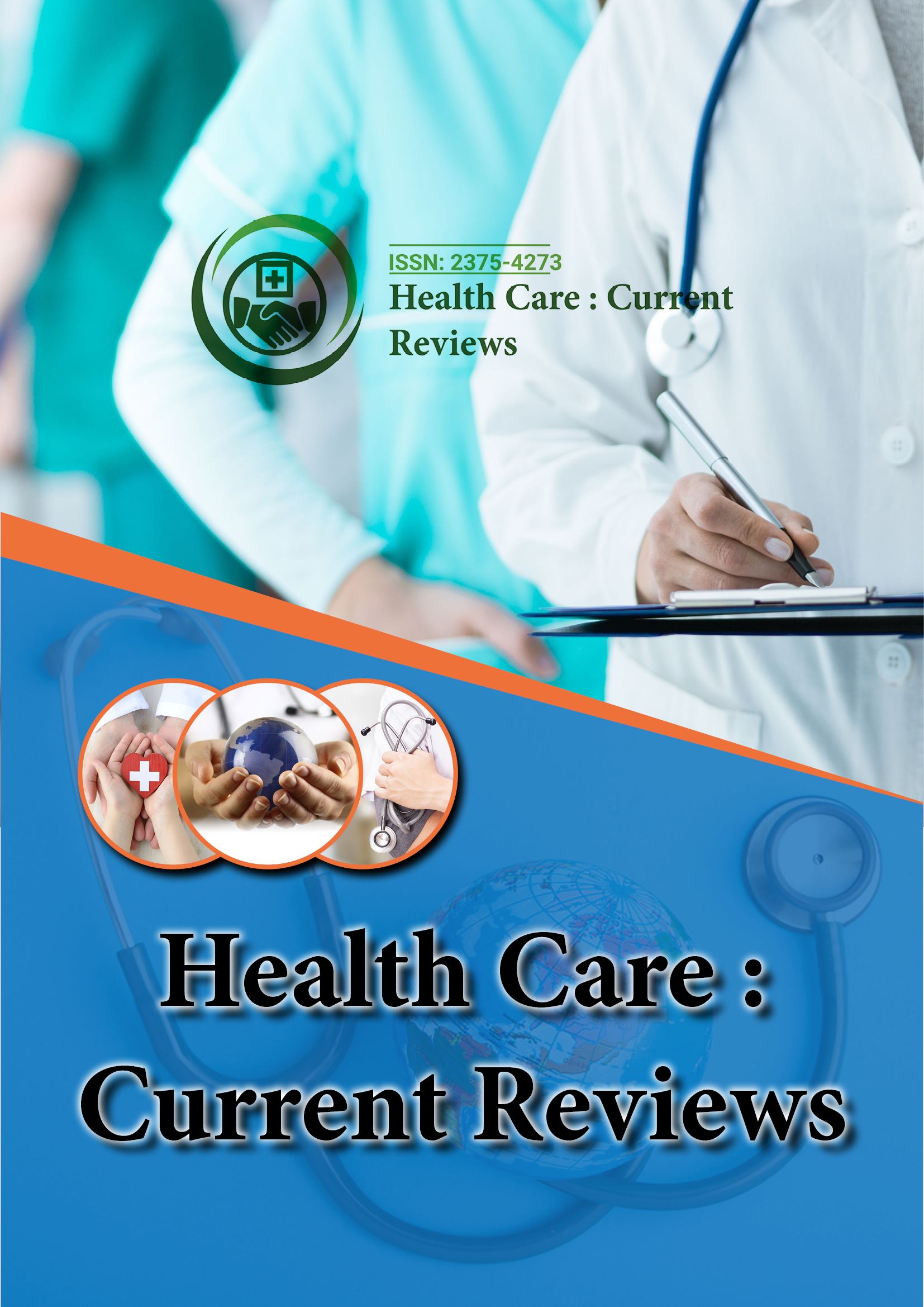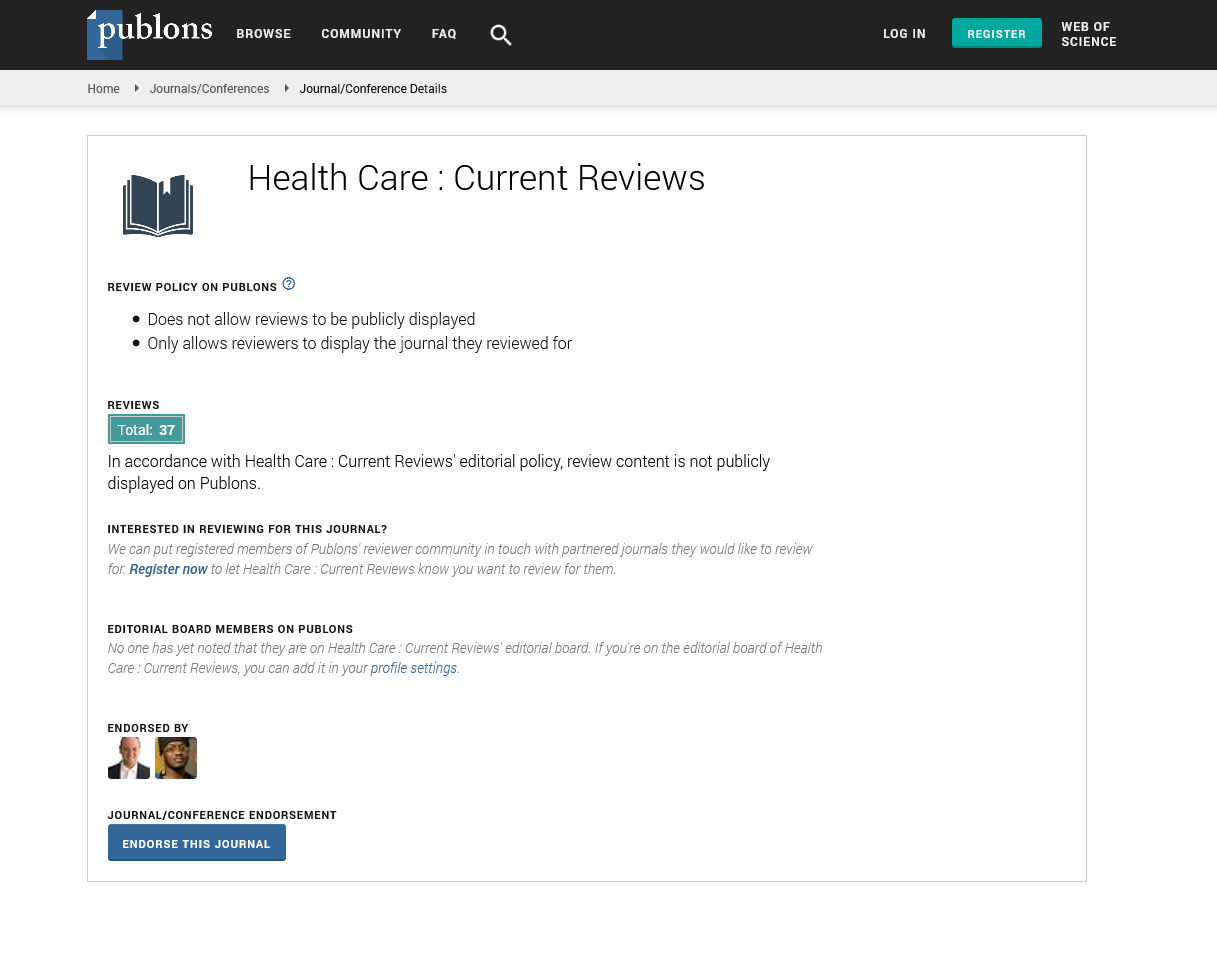Indexed In
- Open J Gate
- Academic Keys
- RefSeek
- Hamdard University
- EBSCO A-Z
- Publons
- Geneva Foundation for Medical Education and Research
- Google Scholar
Useful Links
Share This Page
Journal Flyer

Open Access Journals
- Agri and Aquaculture
- Biochemistry
- Bioinformatics & Systems Biology
- Business & Management
- Chemistry
- Clinical Sciences
- Engineering
- Food & Nutrition
- General Science
- Genetics & Molecular Biology
- Immunology & Microbiology
- Medical Sciences
- Neuroscience & Psychology
- Nursing & Health Care
- Pharmaceutical Sciences
Short Communication - (2021) Volume 9, Issue 2
Covid-19 and children in Italy: how would we decide to program physical activity in Elementary School in future?
Brusini A*Received: 17-Jan-2021 Published: 07-Feb-2021
Abstract
In 2020 Italians (of every age) were in quarantine for many months, so Italians reduced physical activities. In winter 2020 sport societies worked in outdoors when the weather conditions allowed it; November and December above all in northern regions did not allow all trainings to be carried out as programmed. So many children can’t do physical activity for spring season (for Covid quarantine) and winter season, especially those to practice internal team sports (like volleyball or basketball). This situation can be a possibility to change the today and future physical activity in school system.
Keywords
Covid-19, Education, Physical Activity, Sport
Introduction
Physical activity is one of the most economic and useful way to reduce chronic diseases like obesity, diabetes and cardiovascular diseases. In 2020 WHO (World Health Organization) gives new recommendations about physical activity: 60 minutes of moderate to vigorous intensity activity for age range 5-17 per day , with strengthen muscles and bones training for three times for week, and at least 300 minutes of moderate intensity or > at least 150 minutes of vigorous intensity activity for week with two times of all major muscle training for range 18-64 years [1].
In Italy Covid-19 pandemia stopped physical activity in many schools and in many sport societies: from March 9 2020 to May 17 2020 it was impossible to practice all sports and the possibility to go out (only individual training in own home); team sports return to be doing from 6/25/2020 (not in all Italian territory) to 10/25/2020, with the return only to outdoor individual activity .
Today Italian Situation
In Italy reporting ISS (“Istituto Superiore di Sanità”, Italian Sanitary System) and CONI (Italian Olympic Committee) data, over 23 million of people, 39.1% of total of population, does not physical activity during the week in 2017. In age range 11-14 the percentage of sportsmen is 70.3 (61.4% continuously) and it decrease with increasing age.[2-3]
Today in Italian school physical activity is structured in one/two hours for week in every level (elementary and middle schools); other activities are located in sport societies, and the quantity of activity hours is connected with the level of sport group. Lowest groups can do two/four hours of sport activity for week; elite athletes do up to ten/twelve hours of sport activity.
Furthermore in Italy physical activity in elementary school is taught by “teacher unique”, a teacher for almost all subjects of study, often without a physical activity background. In same ations there is the help of instructors of CONI. In sport society instructors frequently aren’t sport scientists but often federal teachers, with only a license released by the Sport Federation, without a physical activity background. The federal courses often are structured with few hours of physical preparation and younger physical development.
Finally in Italy sports science bachelor don’t have a national register like other professions, and don’t have a clearly legislation that defines fields and work limits.
The solution can be the possibility to increase the physical activity in school, in elementary school with sport scientists. The increase can balance the reduction of physical activity in street in the last years. The new technologies and sedentary behaviors in fact reduce these activities: with an increase of physical activity, sport societies can work better in sport technique. Other possibility can be an economic help for fewer than 18 in sports practice [4].
Conclusion
Italy needs a change in school physical activity: in age range 6-10 years two hours for week are not sufficient for physical growth for children. There is a possible to improve preventive care for future generations with a low spent.
REFERENCES
- Bull FC, Al-Ansari SS, Biddle S, Borodulin K, Buman MP, Cardon G, et al, World Health Organization. Guidelines on physical activity and sedentary behavior, Br J Sports Med. 2020; 54(24):1451-1462
- Italian National Institute of Statistics (ISTAT), Sport practice in Italy, report 2015
- Italian Olympic Committee (CONI), Sports Numbers 2017, report
- Brusini A. An Interpretation of Preventive Care Spent in Italy and a New Opportunity after COVID-19 Pandemia. J Infect Dis Prev Med 2020; 9:210
Citation: -
Copyright: -
Sources of funding : -

